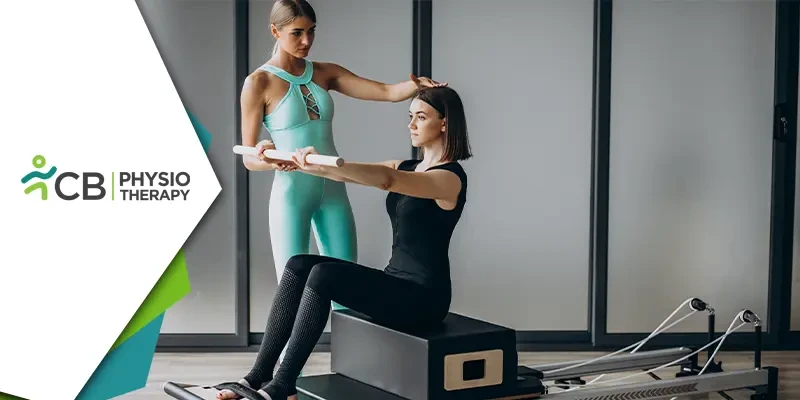Lower back pain is a prevalent issue affecting millions of individuals worldwide. While various factors contribute to this discomfort, one often overlooked aspect is the role of weak core muscles. The core, which consists of several muscles in the abdomen, back, and pelvic region, acts as a central support system for the spine. In this blog, we will explore the intricate connection between weak cores and lower back pain, shedding light on how a lack of core strength can result in this debilitating condition.
Understanding the Core
Before delving into the link between weak cores and low back pain, it's crucial to understand the composition and significance of the core muscles. The core is not merely about the coveted six-pack abs but rather encompasses a group of muscles that provide stability, strength, and flexibility to the spine. These muscles include the rectus abdominis, transverse abdominis, internal and external obliques, erector spinae, multifidus, and pelvic floor muscles.
The Core and Spinal Stability
The core muscles play a vital role in maintaining spinal stability and proper alignment. A strong core acts as a natural corset, providing support to the spine, reducing strain on the lower back, and preventing excessive movement and stress on the vertebrae. Conversely, a weak core fails to provide sufficient stability, leading to compensatory mechanisms and placing additional strain on the lower back muscles and ligaments.
Muscle Imbalances and Postural Deficits
Weak core muscles can contribute to muscle imbalances and postural deficits, which are common culprits of low back pain. When the core muscles are weak, other muscle groups, such as the hip flexors and spinal extensors, often overcompensate to maintain stability during movement. These compensatory patterns create imbalances that can alter the natural alignment of the spine, placing excessive stress on the lower back and increasing the risk of pain and injury.
Impaired Load Distribution
The core muscles play a pivotal role in load distribution, particularly during weight-bearing activities. When the core is weak, the spine becomes less capable of effectively distributing the forces applied to it, leading to increased strain on the lower back structures. This can be particularly problematic during activities such as lifting heavy objects, performing repetitive motions, or participating in sports that require twisting or bending movements.
Reduced Spinal Support and Shock Absorption
The core muscles act as shock absorbers, reducing the impact on the spine during movements such as jumping, running, or sudden changes in direction. A weak core diminishes the body's ability to absorb shock efficiently, which can result in greater stress on the lower back. Over time, this increased stress can lead to microtrauma, inflammation, and eventually low back pain.
Impaired Spinal Alignment and Posture
A weak core can contribute to poor spinal alignment and posture, which are closely linked to low back pain. As the core muscles lose their strength and endurance, it becomes challenging to maintain proper posture throughout the day. Slouching, rounded shoulders, and an anterior pelvic tilt are common postural deviations associated with weak core muscles. These faulty postures place additional strain on the lower back, leading to discomfort and pain.
Effective Core Strengthening Exercises
Incorporating a variety of exercises that target the different core muscle groups is crucial for achieving optimal results. Some beneficial exercises include planks, side planks, and bird dogs.
Weak core muscles can indeed contribute to low back pain, but the role of physiotherapy in addressing this issue is crucial. Physiotherapy offers a comprehensive approach to treating low back pain by targeting the underlying causes, including weak core muscles. Interventions used by physiotherapists for low back pain may involve a combination of manual therapy, such as spinal mobilizations and manipulations, along with therapeutic exercises, stretching, and postural re-education. These interventions not only target the weak core muscles but also address other contributing factors like muscle tightness, joint stiffness, and postural abnormalities. One of the significant advantages of physiotherapy is that it provides a holistic approach to low back pain management. It not only focuses on pain relief but also aims to prevent future recurrences by improving muscle strength, flexibility, and body mechanics.
Understanding the connection between weak cores and low back pain emphasizes the importance of core strengthening exercises as a preventative and therapeutic measure. Engaging in regular core-focused workouts can help restore strength, stability, and flexibility to the core muscles, reducing the risk of low back pain and improving overall spinal health.

